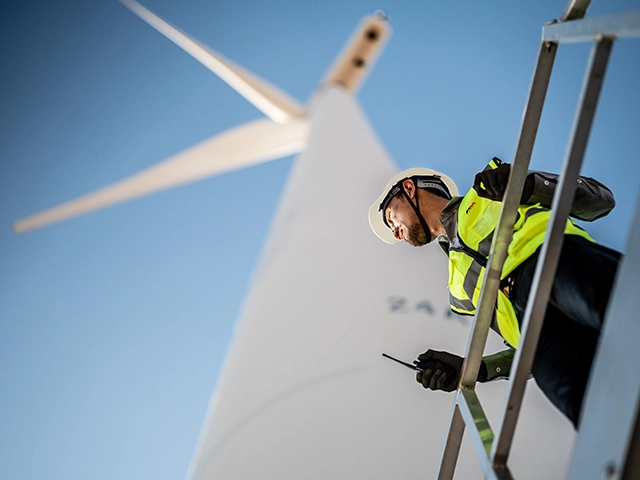Sustainable, compliant HVAC design is essential to the pharmaceutical industry.
It ensures controlled environments, energy efficiency and regulatory compliance. Alf Penfold, Technical Director, PM Group, provides valuable insights into this topic.
Alf predicts that Annex 1 may need to be updated within the next decade and may no longer support RABS for aseptic filling. Instead, it may favour closed or gloveless isolators with more advanced robotics and real-time environmental monitoring. Personalised medicines and point of care manufacturing may further reduce the HVAC load and carbon footprint.
"HVAC systems in pharmaceutical facilities typically consume 50% to 80% of total energy."


"Maintaining controlled environments, especially in classified areas, is imperative. Many countries are developing directives to improve sustainability in facilities and products."
Alf Penfold
Technical Director - GMP/Regulatory Compliance
Technology and regulation
Technology plays a vital role in managing climate change effects. The FDA and EMA promote new technologies through programmes like the FDA's Emerging Technology Programme and the EMA's Quality Innovation Group.
These initiatives support continuous manufacturing, faster production, cost savings and improved quality.
Pharma 4.0
Pharma 4.0 represents a strategic business transformation. It leverages technologies, processes, people and regulations to realise benefits. The ISPE Pharma 4.0 Baseline Guide, published in December 2023, highlights the importance of this transformation.

Quality management
Quality perception has evolved. It is now seen as a means to improve productivity, reduce waste and enhance patient safety. The FDA's Quality Management Maturity (QMM) program incentivises manufacturers to invest in mature quality systems. The ISPE's Advancing Pharmaceutical Quality (APQ) Programme helps organisations to assess and improve their quality management maturity.


“Annex 1 provides key enablers for sustainable HVAC designs such as a Contamination Control Strategy (CCS) and the use of appropriate technologies.”
Alf Penfold
Technical Director - GMP/Regulatory Compliance
Contamination control strategies
A clear CCS helps to establish the level of segregation required. It avoids supplying single-pass air and higher classified areas when not needed. Understanding product types and processes is fundamental in designing HVAC systems.
Appropriate technologies
Annex 1 expects the use of appropriate technologies in production facilities. These include RABS and Isolators, robotic systems, automated loading and unloading of lyophilizers, single-use technology and other emerging technologies.
Access for maintenance
Maintenance outside of cleanrooms when possible is recommended by Annex 1 and reduces the contamination risk and waste such as PPE. Major equipment associated with hydraulic heating and cooling systems should be located in non-classified technical areas when possible.
Room differential pressures
Annex 1 requires a minimum of 10 Pa for adjacent rooms of different grades. A clear CCS and corresponding pressurisation regime minimises the differential pressure across doors. This reduces noise, air balancing issues and operating costs.
A recovery time of 20 minutes after operations and cleaning activities is a guidance value under Annex 1. Achieving this recovery time is more important than air changes per hour and when calculated can often result in reducing the air changes per hour and therefore operating costs.
Energy efficiency
Johnson & Johnson’s BioCork facility in Ireland serves as an excellent example of what can be achieved with the right approach. It incorporates sustainability features like LEED certification, energy efficiency, water conservation, and renewable energy.
"The facility achieved a 27% reduction in energy use and saves over 62% of water compared to standard practices," said Alf.
Sustainable HVAC design is achievable by leveraging technology and taking advantage of the available regulatory support.










